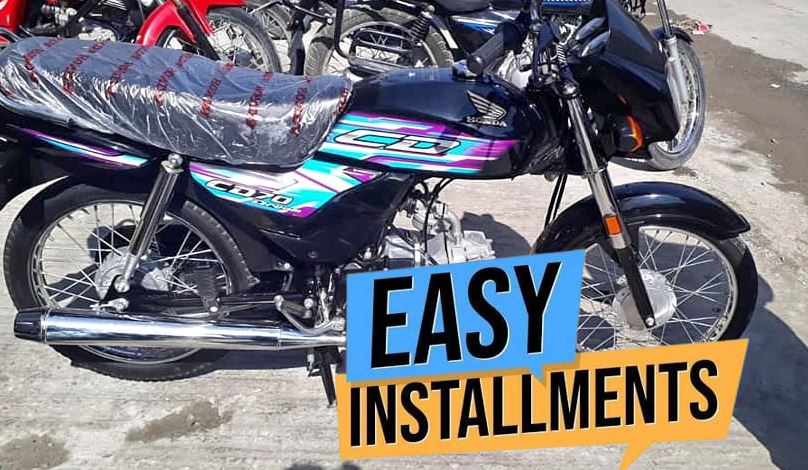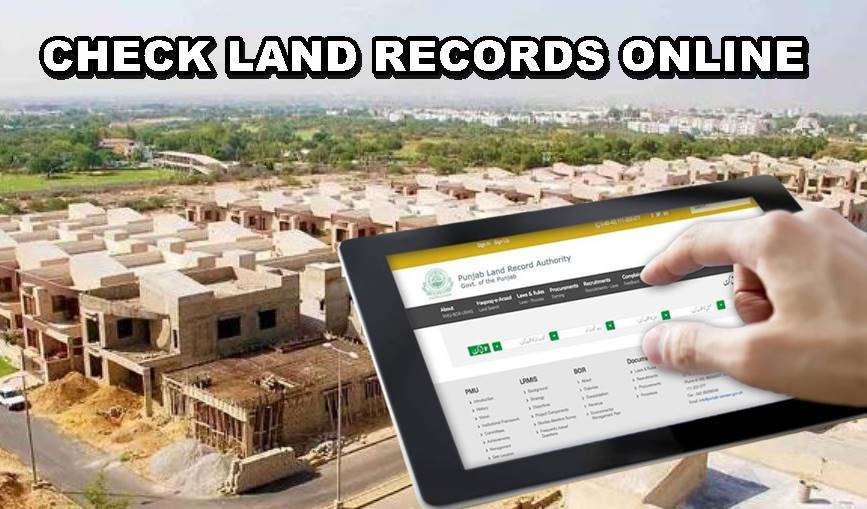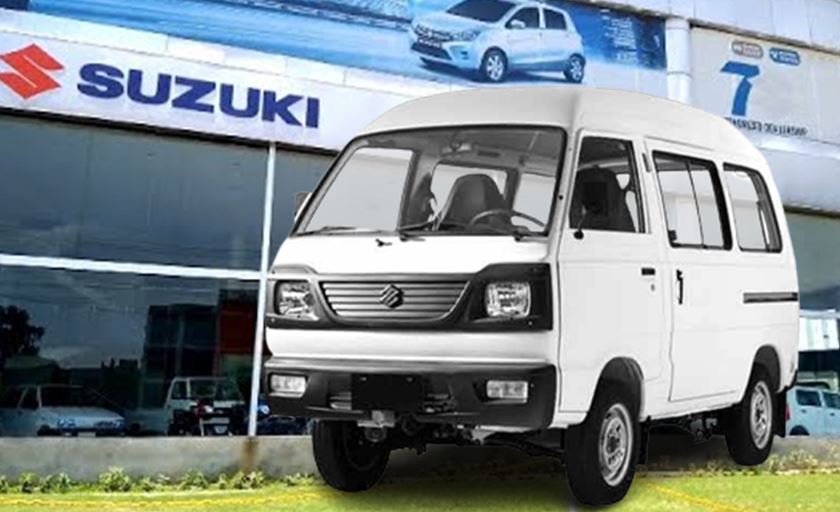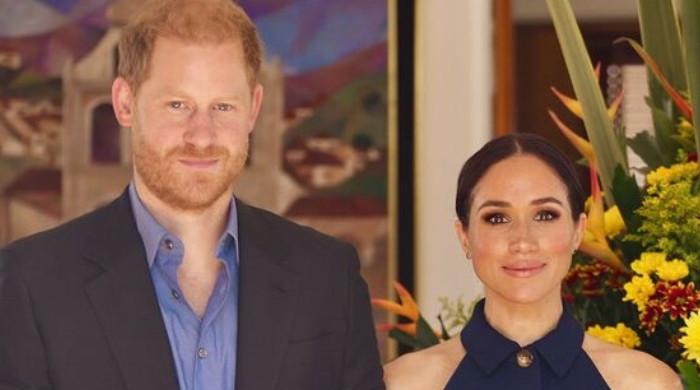KARACHI:
The information, communication and technology (ICT) sector is often hailed as the engine of export growth amongst all the services sectors. The ICT sector generated $2 billion worth of exports in the first eight months of FY24, which is approximately 15% higher than the amount generated in the first eight months of the previous fiscal year. The exports from the ICT sector in FY23 and FY22 was reported at $2.6 billion. If the trend in the current fiscal year is to continue, the current exports can likely close in at $3 billion. This makes it the second most prominent source of exports, after the textile sector. However, as a technology intensive sector, it is likely that the IT firms are heavily dependent on the imports of IT goods. Hence, easier access to IT products becomes ever more critical.
A recent study by the Information Technology and Innovation Fund, titled “How Expanding the Information Technology Agreement to an ‘ITA-3’ Would Bolster Nations’ Economic Growth,” reported that several developing countries could benefit significantly by signing the ITA (Information Technology Agreement) and allowing duty-free imports of the proposed expanded list of ITA products. These countries could benefit by increasing the size of their GDP, increasing the size of the tax revenues and benefit from the improvement in the ICT-related infrastructure as well as from improved digitalisation.
The expanded list of ITA products used in the aforementioned study includes semiconductors, smart appliances, robots, energy efficient storage systems and smart medical instruments. The GDP of Pakistan would increase 2% in the next 10 years if it provided duty-free access on the expanded list of products. ICT products are often labelled as ‘super capital’ as they are not only likely to add to the infrastructure but also help in improving the productivity levels in a country. Adoption of smart technologies can help boost productivity levels significantly as it improves the efficiency levels of several processes and procedures in manufacturing and service industries.
ITA was introduced in 1996 with a purpose to eliminate tariffs on the imports of IT products. Although, the signatories of ITA agreed to reduce their tariffs, several non-signatories also benefit from tariff reduction by the member countries due to the most-favoured nation principle of the World Trade Organisation, which requires members to give favourable treatment to all member countries. Currently, there are over 80 signatories of ITA, who contribute to more than 96% of global trade in ICT related products. Afghanistan, China, India and Vietnam have already signed the ITA, while Pakistan and Bangladesh are yet to do so. ITA-2 was introduced with an expanded list of products. The ITIF report discusses the benefits of ITA-3, which further expands the list of products provided in the ITA-2.
One of the largest exporters of IT products, as listed in the proposed ITA-3, is China. It exported more than $1.5 trillion worth of products on average between 2019 and 2022. Vietnam exported more than $165 billion. Both these countries exported more than they imported, running a trade surplus in this category of products. The South Asian countries reported a trade deficit in IT products, with India importing more than $100 billion and exporting $35 billion. Pakistan exported $1 billion, while it imported $7.2 billion. Bangladesh reported a similar pattern as Pakistan. The largest imports for Pakistan were mobile phones, photosensitive electrical equipment and other communication devices. All of these products are categorised as capital goods as they can be used to add further value in the economy. The main exports were refined copper, listed as an intermediate good, and medical and surgical devices listed as a capital good. The highest tariff rates on the imports of IT products are imposed by Pakistan and Bangladesh, which are significantly higher than those applied by the East Asia countries. The imports of consumer goods into Pakistan face an average tariff rate of more than 10%, while imports of similar goods into China face average tariff of less 5%. On the other hand, Pakistani and Bangladeshi exporters face lower tariff rates on their exports to their export destinations than their counterparts in China and India. Even with such preferences, the exports of IT-related products have not achieved the desired results in Pakistan. The total amount of trade creation, using a methodology based on tariff change and import elasticities, if tariffs are reduced to zero is approximately $2 billion.
Although, the tariff rates on IT products are relatively high, the non-tariff measures (NTMs) are relatively non-existent on the imports of IT products into Pakistan. The East Asian countries, such as China and Vietnam, impose several measures across the products, while they are significantly lower for the South Asian countries. Further, the Pakistan imposed different measures to curtail imports as a response to the rising trade deficit. These included import licensing requirements, internal taxation of imports, import tariffs and trade payment measures. The complex web of government interventions makes the import policies more intricate as businesses face several challenges that result in a less conducive business environment.
In essence, the share of the imports of the IT products in total imports tends to be higher in the richer countries than in the lower countries. IT products are not only likely to boost productive capabilities but can also aid the digitalisation of procedures and processes. For instance, digital products can help improve connectivity and take advantage of new innovations and facilitation tools. It is essential that the government rethinks its policies on the imports of IT products if it is to not only propel the exports of ICT services from Pakistan but also the country into the digital age.
Note: The content was also presented by the author at the 17th Annual Conference on Management of Pakistan Economy held at Lahore School of Economics in April 2024.
THE WRITER IS THE ASSISTANT PROFESSOR OF ECONOMICS AND RESEARCH FELLOW AT CBER, INSTITUTE OF BUSINESS ADMINISTRATION, KARACHI
Published in The Express Tribune, May 20th, 2024.
Like Business on Facebook, follow @TribuneBiz on Twitter to stay informed and join in the conversation.
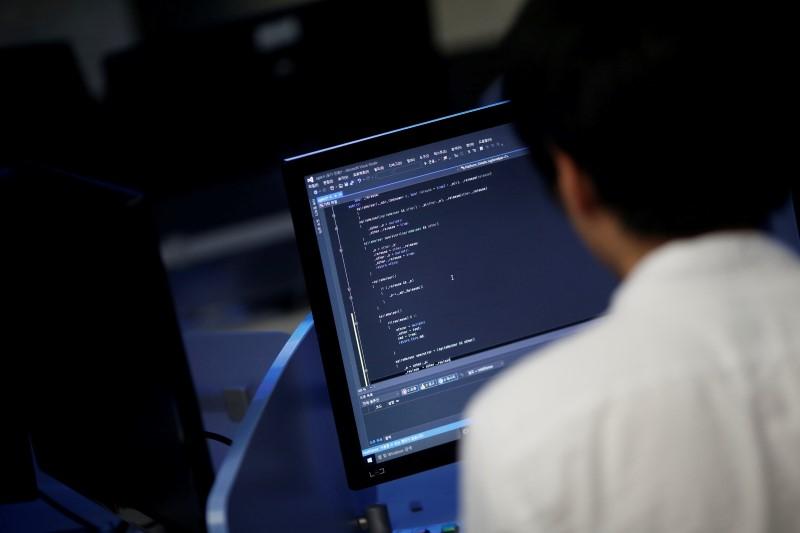

 Technology6 مہینے ago
Technology6 مہینے ago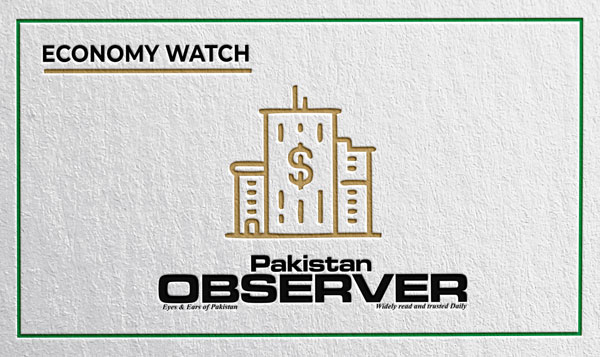
 Pakistan7 مہینے ago
Pakistan7 مہینے ago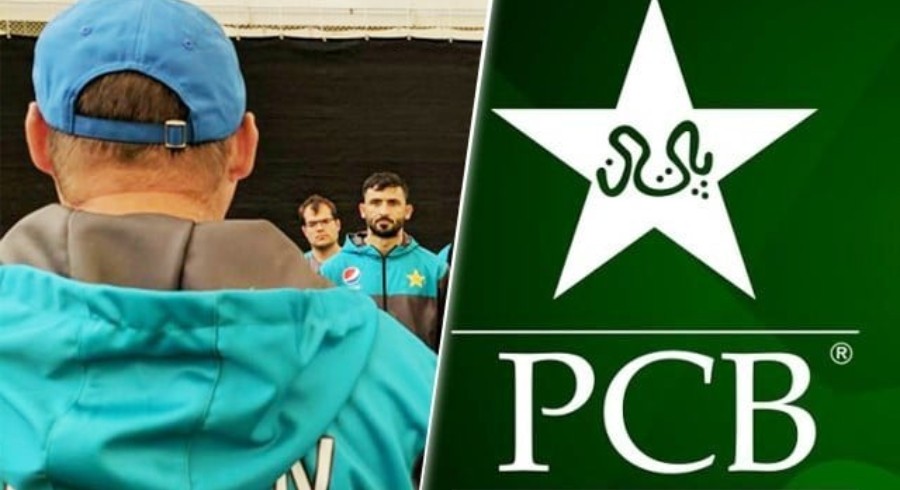
 Sports6 مہینے ago
Sports6 مہینے ago
 Pakistan6 مہینے ago
Pakistan6 مہینے ago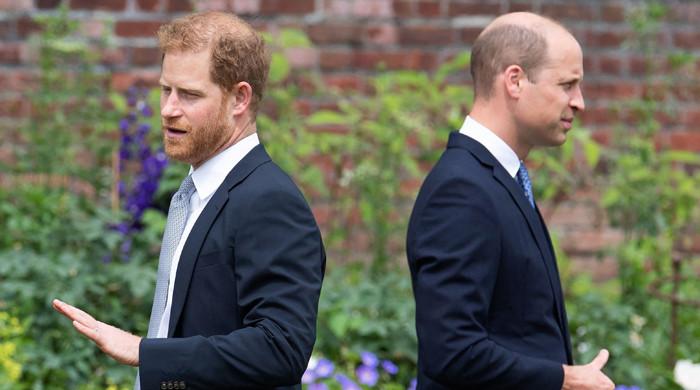
 Entertainment6 مہینے ago
Entertainment6 مہینے ago
 Pakistan6 مہینے ago
Pakistan6 مہینے ago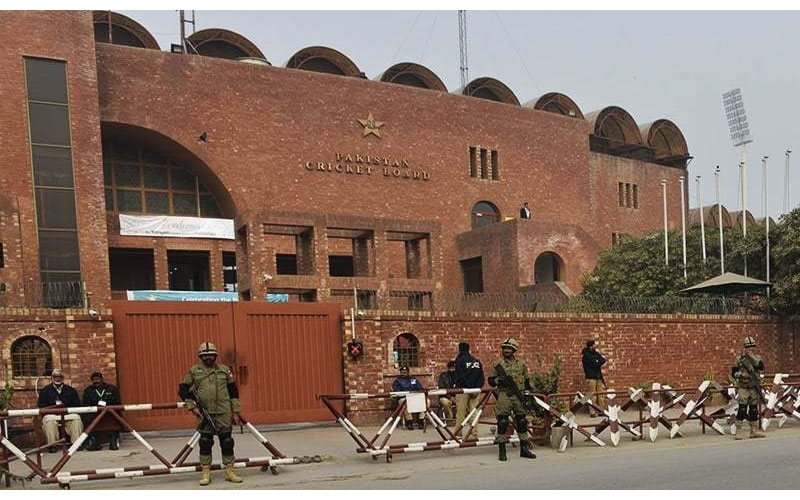
 Sports5 مہینے ago
Sports5 مہینے ago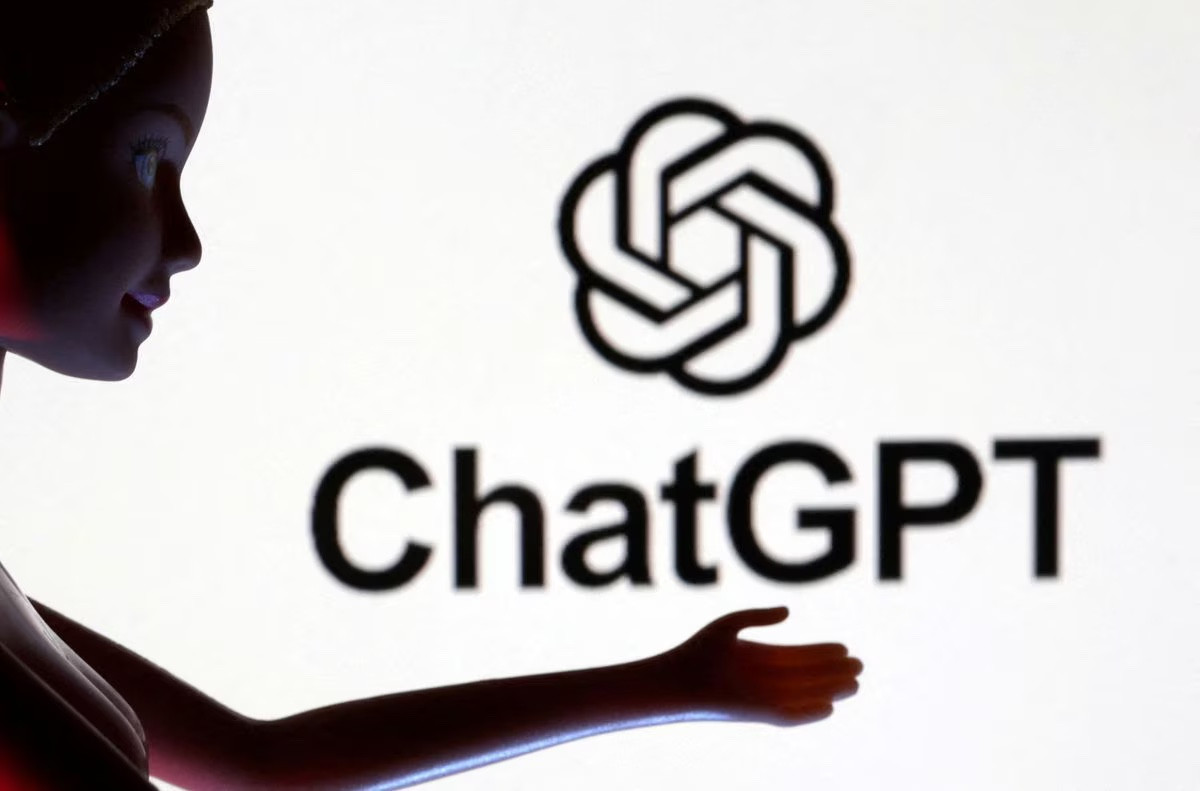
 Pakistan6 مہینے ago
Pakistan6 مہینے ago
